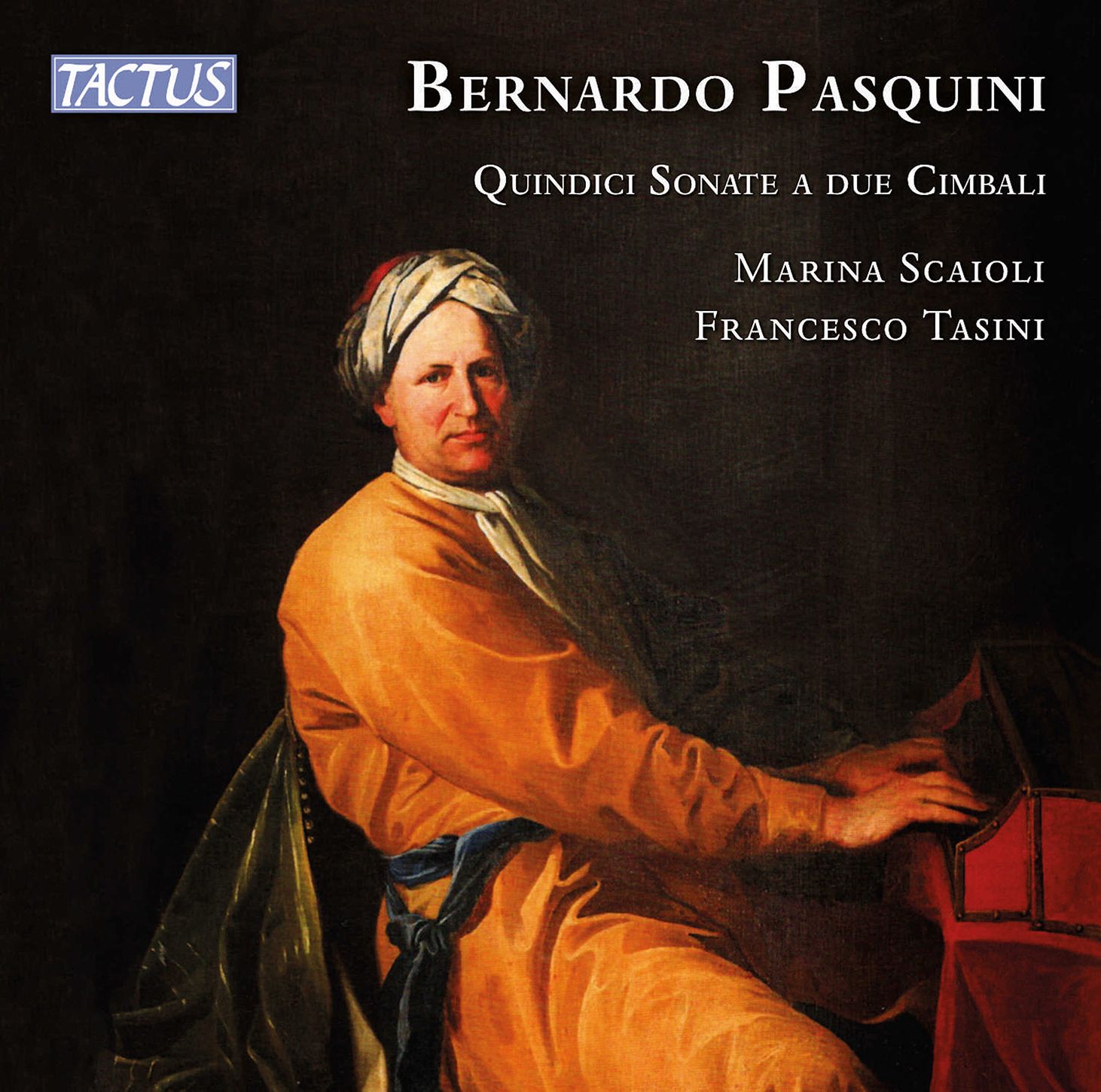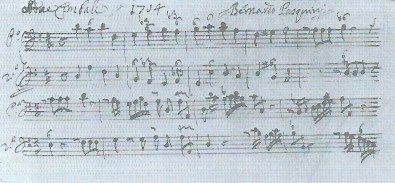Discovering Bernardo Pasquini
This is music brought vibrantly alive; it is musicology of the highest order, leading to performances of both spirit and integrity

While Bernardo Pasquini (1637-1710) wrote music in many genres, it is for his harpsichord music that his historical significance lies - as a link between Frescobaldo and Domenico Scarlatti. Anong his pupils was the composer Georg Muffat, and he flourished as a keyboard player and composer during his ten years in Rome (1657-67) before entering into the sevice of a Borghese family. Interestingly, two of his pieces form the basis of movements for Respighi's Gli Uccelli (The Birds).
The performances on thsi disc of sonatas for two harpsichords are themselves masterpieces of reconstruction. Takcn from a manuscript held in the British Library (Ms. Add. 31501/1, actually three volumes bound as one), the sonatas are bassline-only, on which the performers must "create" the composition. Marina Scaioli and Francesco Tasini are the harpsichordists who triumph here, performing 15 Sonatas on two fine harpsichord copies (of a 1725 Giovanni Ferrini and a 1778 Roberto and Federigo Cresci). Elaborations of Pasquini's manuscript by Francesco Tasini have themselves be published by Edizioni Ut Orpheus of Bologna.
Here, for example, is the bassline for the first sonata (D major) in Pasquini's manuscript:

... and here's what it sounds like:
.... and if you follow this link you'll be taken to the relevant page of the recently published Ut Orpheus score, where you'll also hear how the performers themselves have deliberately deviated from it, underlining the choice available in the realisation of this music.
What a privilege it is to hear this noble music brought to life again in this manner. Tactus' booklet notes are characteristically detailed.
A close friend and collaborator of Pasquini's was Arcangelo Corelli, and there is a strong argument to suggest that some modelling occured. Both Concerto grosso and the dance forms of the Sonata da camera are detectable in Pasquini's works.
Listen to the life which bursts out of the Sonata terza (Sonata N0. 3):
... or the minor key Affekt of the beautiful C minor (No. 9):
There is a predilecion for minor keys here: only five of the 15 are in the major (and four out of the five come before the half-way mark), but when they come they can be like rays of sunshine. Here's the delicious No. 7 in F major:
As you can hear, the sound of the two harpsichords is brilliantly captured by the Tactus engineers. The Lehman-Bach temperament is used with the A-natural tuned to 415 Hz. The following video demonstrates the Lehman-Bach tuning well, with excellently chosen examples:
This is music brought vibrantly alive; it is musicology of the highest order, leading to performances of both spirit and integrity.
The Amazon website includes links for various individual sonatas as well as the disc as a whole.
